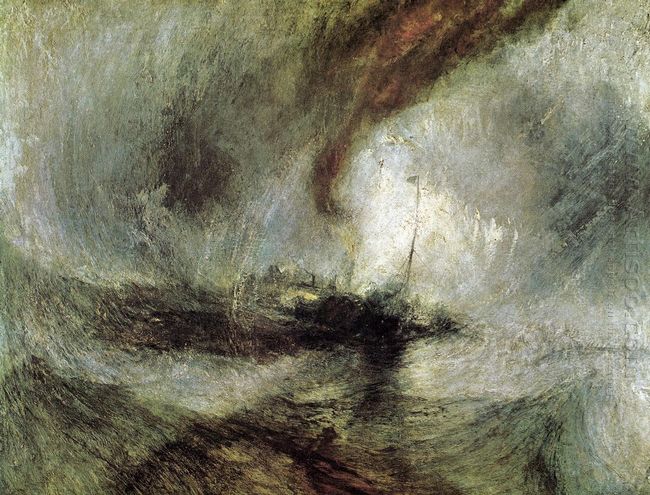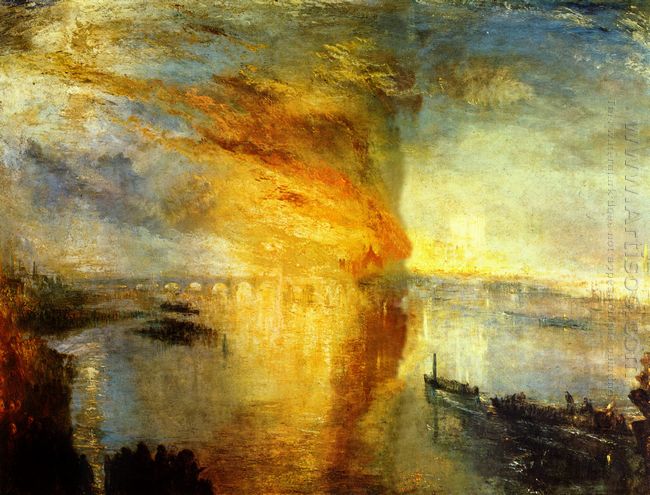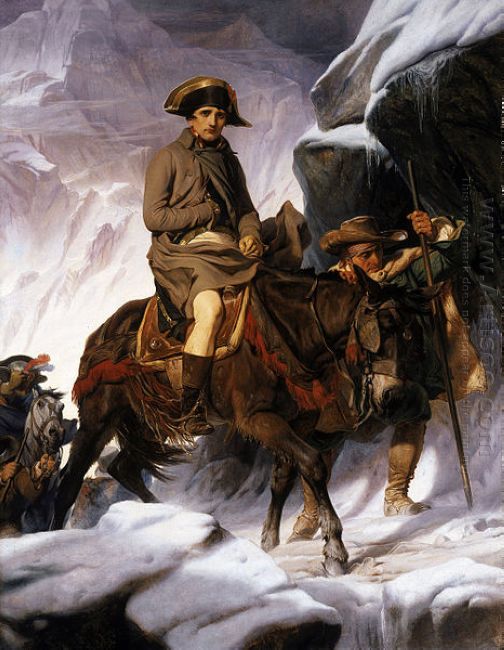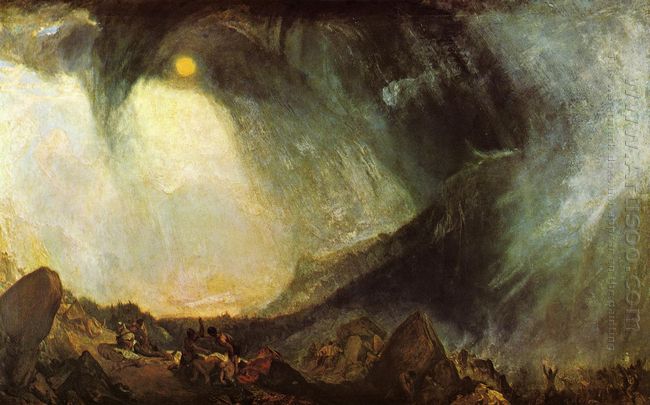The Lady Of Shalott 1888,was painted by John William Waterhouse (1849-1917), which is one of his three episodes about the Lady Shalott, which is now collected in the Tate Gallery of London. This series painting comes from the myth tale at the age of Arthur. It is said that once upon a time, there was a gorgeous lady named Shalott who was jailed in a castle near by the Arthur Palace by a fairy maiden. Because Shalott couldn't get out from this castle, all her acknowledge to that world only from one mirror. The fairy maiden told to Shalott, there was a curse to her from Arthur Palace after she was locked, but no details. In the very beginning, Shalott lived peacefully and knitted the beautiful tapestries from the scenery of the mirror until the day she saw the handsome Arthur's Round Table Knight Lancelot. She fell in love to him quickly and crazily. She couldn't stop thinking of him and finally decided to meet Lancelot and express her love to him. But when she walked out the castle, the mirror broken, then she realized this was the journey to death, but she didn't back up.
The painting describing the moment Lady of Shalott started her death journey to see her dreamy and destiny man-Lancelot. J W Waterhouse used many strong colors to express the hopeless, mysterious, and loneliness of this love. There're beautiful tapestries all over the boat, and the candles in the front was extinguished by the wind. JW Waterhouse did the great descriptions on the Shalott's face, raised a little up her face with desperate and hopeless but brave, half closed her eyes, well dressed, her personal appearance was parallel to the surroundings, we feel so desperate, the withered branches,the far dark sky and mysterious forest.
This is also an outstanding oil painting, revealing the vivid features of John Willam Waterhouse. Femme fatale, mythology, poetry and mystique,that were all Waterhouse's expression elements.













